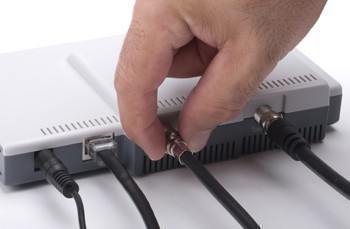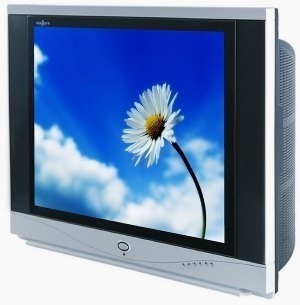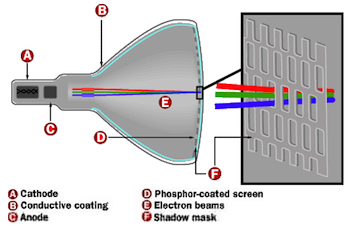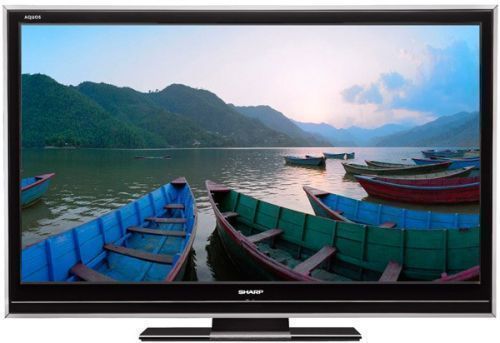A QAM tuner (Quadrature Amplitude Modulation tuner) is a device that allows television sets to receive digital channels. QAM tuners are included in most modern television sets, although there are many that have not yet been upgraded to process digital channels. QAM tuners can be used in conjunction with a set top box or “cable box,” or by itself to receive unscrambled digital channels such as public access channels, basic channels, local broadcast channels, and cable radio channels. QAM tuners are similar to ATSC (Advanced Television Systems Committee) tuners, the tuner that allows television sets to receive over-the-air television channels, but can transfer twice as much data at a time.
How Qam Tuners Work
QAM tuners receive a digital signal from the cable company or other provider and convert it into audio and video. They must decompress electronic files that they receive and synchronize them to make sure that the audio and video run simultaneously. QAM tuners also use extra data that is sent along with the main digital signal in order to fill in gaps that have been created due to data loss. They also reformat the image of the signal that they are receiving as different televisions use different technologies to display video, which may result in a significantly different image than was intended.
Applications
QAM tuners are used in modern televisions to replace the outdated ATSC tuner that was used to receive over-the-air RF (radio frequency) channels. Most modern televisions have QAM tuners already built in, but older models require the user to purchase a QAM tuner separately or use the QAM tuner that is included with most service packages’ cable box.
Advantages
QAM tuners have several important advantages. They transfer twice as much data as ATSC tuners, meaning that data can be sent much faster and is more reliable than ever before. QAM tuners can be purchased as individual units, in sets, or as a built-in product of television sets or cable boxes.
Disadvantages
Although QAM tuners can be advantageous, but they also have several disadvantages. QAM tuners require a much cleaner pathway in order to receive digital signals. They are usually connected to fiber optic, coaxial, or fiber-coax cables that lead directly to a cable provider or to a radio receiver that is equipped to receive television signals.




Follow Us!